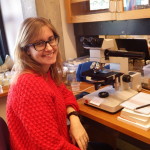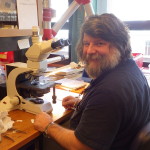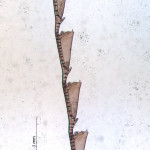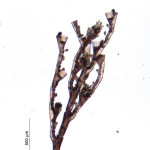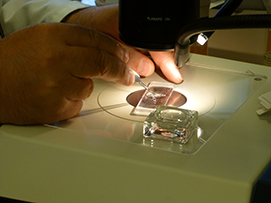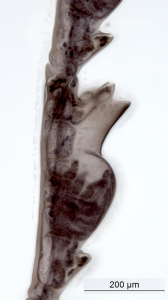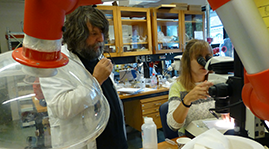For the past month Marta Gil, a PhD student from the University of Vigo, has been with us for her second stay at the University Museum of Bergen. Marta has continued with the study of West African hydroid fauna from the MIWA-project, which was begun when she first visited here together with her supervisor, Professor Francesco Ramil Blanco (Fran) in July 2015.
- Marta
- Fran
- A. latecarinata
- S. caboverdiensis
- P. setacea
Marta has worked with samples collected during several Dr. Fridtjof Nansen surveys. Most of the samples were collected with an epibentic sledge, a sampling device more efficient for small colonies of hydroids. This study provide complementary data to those obtained during the study of hydroid fauna collected with the bottom trawl by the Norwegian and Spanish African surveys, and has allowed her to obtain some little know or even undescribed species.
Their findings are also interesting in terms of biogeography: Moroccon and Mauritanian hydroids show a strong affinity with Atlantic-Mediterranean fauna, whereas those from Guinea Bissau and Guinea Conakry waters show more similarities with tropical fauna. This means that for hydroids, the boundary between the temperate Lusitanian and the warm tropical fauna is located somewhere along the Senegalese or Guinea Bissauan coast. We hope that the complete analysis of data will enhance our knowledge on the marine fauna of this fascinating region.

